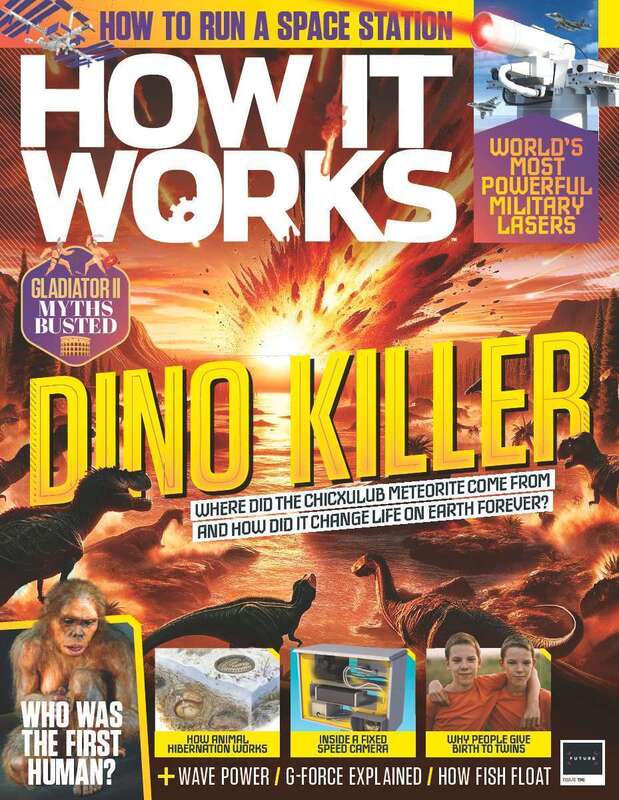The Helix Nebula up close
The nearest planetary nebula to Earth is the Helix Nebula, which began expanding around 12,000 years ago. It’s roughly 700 light years from our world, which makes it easily viewable from the Hubble Space Telescope stationed in low Earth orbit, but still far away enough to make its three-dimensional shape troublesome to figure out. And NASA scientists – being the voraciously curious academics that they are – just had to know what shape the Helix Nebula actually is…
When a Sun-like star is dying, it doesn’t have the mass to go supernova and so it throws off layers in huge coronal mass ejections (CMEs) until it becomes a bright shell of expanding gas known as a white dwarf. The shapes that the 1,000 or so catalogued nebulas form as the star ejects its outer shell are as varied as snowflakes – a fact that NASA is struggling to explain. The proximity of the Helix Nebula made it a prime candidate for closer inspection, so NASA compiled images of it from Hubble and terrestrial telescopes around the globe. This is the 3D image they came up with as a result of the intense study: a poached egg-shaped nebula with a bulbous blue inner sphere surrounded by gas.
Fringed around the inner sphere are thousands of cometary knots – so-called because these tight bundles of gas and dust bear some resemblance to comets with their trailing tails. These knots were used as ‘markers’ to create the image, along with measurements of the speed and direction that the nebular material is moving. The dying star located at the centre of the Helix Nebula is causing the dust particles and gas that encircle it to glow brightly, or fluoresce.





